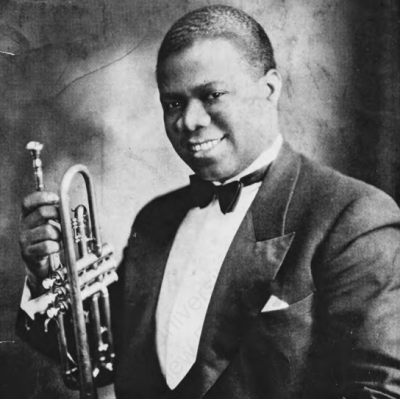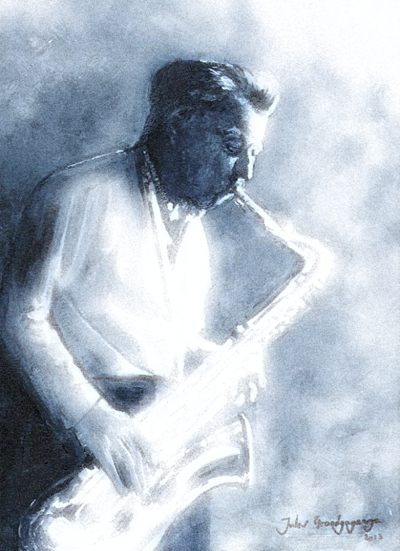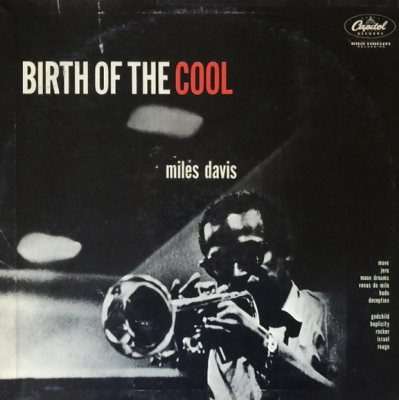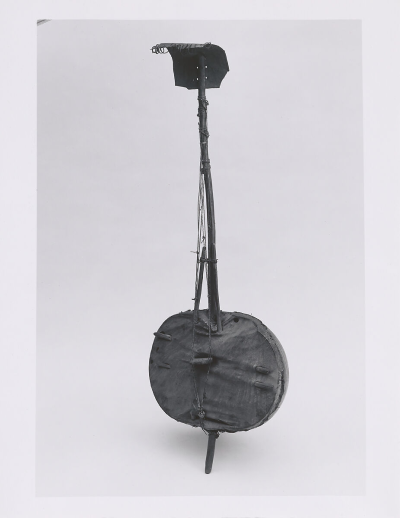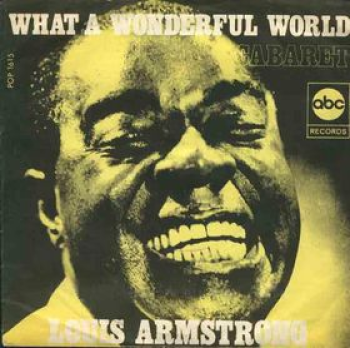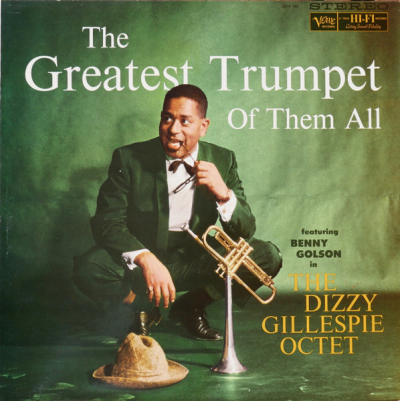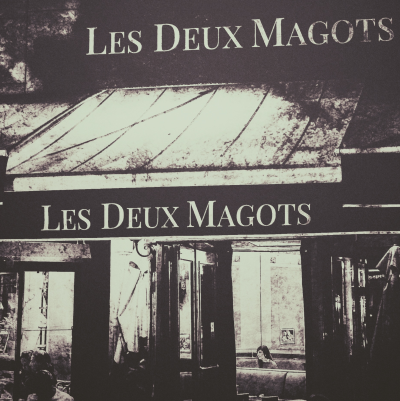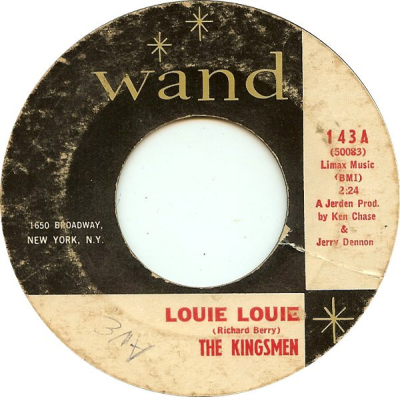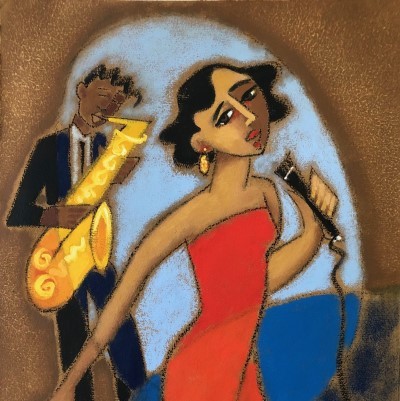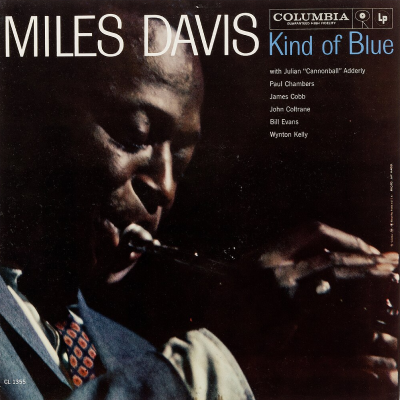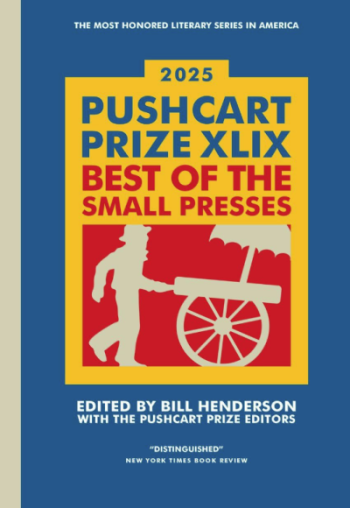.
.
For over twenty years, publishing quality jazz-themed fiction has been a mission of Jerry Jazz Musician. Hundreds of short stories have appeared on the pages of this website, most all of which can be accessed by clicking here.
A substantial number of novels and stories with jazz music as a component of the story have been published over the years, and the scholar David J. Rife has written short essay/reviews of them, which he has compiled in two valuable resources, Jazz Fiction: A History and Comprehensive Reader’s Guide (2008), and a recently published sequel, Jazz Fiction: Take Two. (Several of the stories published on Jerry Jazz Musician are reviewed).
Rife’s work is impressive and worth sharing with Jerry Jazz Musician readers. With his cooperation, essay/review excerpts from Take Two will be published on a regular basis.
.
In this edition, Rife writes about the influence of Billie Holiday in several short stories and novels.
.
.
___
.
.
.
…..Jazz Fiction: Take Two is the sequel to Jazz Fiction: A History and Comprehensive Reader’s Guide (2008). The earlier work filled a pressing need in jazz studies by identifying and discussing 700 works of fiction with a jazz component.
…..This work picks up where that one left off, around the turn of the 21st century, and surveys over 500 works of jazz-inflected fiction that have appeared since. None of these works, to my knowledge, have been discussed in this context.
…..The essay-reviews at the center of the book are designed to give readers a sense of the plots of the works in question and to characterize their debt to jazz. The entries were written with both the general reader and the scholar in mind and are intended to entertain as well as inform. This alone should qualify Jazz Fiction: Take Two as an unusual and useful reference resource.
.
-David J. Rife
.
.
___
.
.
Photo of Billie Holiday by William Gottliebe/Library of Congress.

.
.
…..Billie Holiday had achieved mythic status even before her lamentably premature death. As a jazz artist, she distinguished herself by becoming one with the song. The sadder the songs she sang, the deeper her depression, and the deeper her depression, the more problematic her behavior and health. She has been discussed as much as any other performer in the literature of jazz (much of it in French), and she has been referred to in significant ways in countless works of jazz-inflected fiction. She not only was what she sang, but she sang what she was, and her influence continues to this day, as the following examples demonstrate.
.
.
___
.
..
…..Jewel Hailey is a small-town gal from Bridger, Idaho, who catches the jazz bug at a young age and makes her way to New York where she works at an upscale flower shop by day while trying to establish herself as a jazz singer by night (whenever she can land a gig). Jewel’s father had claimed to have seen Billie Holiday on Fifty-second Street in 1949, and this story—whether truth or fiction—determined his daughter’s destiny. Told in short, direct sentences, this novel recounts the convolutions of Jewel’s life as she tries to establish an identity in the unforgiving world of jazz. The specter of Billie Holiday that hovers over the narrative provides an atmosphere that is profoundly sad but nevertheless somehow resilient.
.
.
..
.
.
_____
.
.
…..When Fess stops by Tiny’s Tavern on his way home from playing sax at a breakfast dance in Harlem, he’s just settling in when Little Phil, a good young guitar player, bursts onto the scene spilling over with excitement. It seems he had had a dream—a very long, vivid dream as it turns out—in which he had performed with the great Lady Day, Billie Holiday. In the dream someone asks her if she’s singing the same old songs that made her famous. She answers, “Some of ‘em. . . . But not the sad ones. And not ‘Strange Fruit’ anymore. That damn song took too much out of me to sing,” whereupon she delivers, in toto, one of her new songs, “The World Is My Oyster.” When Little Phil laments that he missed out on “the good old days,” Tiny informs the giddy young man that he’s living in the good old days—and buys the bar a round of top-shelf scotch.
.
.
_____
.
.
…..Like so many of the young women in this collection, Chantal (“Chan”) Doolittle comes from a broken family, though unlike some of her fictional sisters she is raised by a loving grandmother who bequeaths her love for jazz —especially the boppers and Lady Day—to her granddaughter as the two of them take refuge in their apartment overlooking the mean streets of Harlem. By the time she was five or six, she demonstrated a special gift for music; “her very cells” absorbed everything she listened to. She mastered all of Motown before starting school. But by the time she was in her teens, she dropped out of school and took to the streets, still faintly hoping to someday perform at Small’s. When she gathers the strength to join Narcotics Anonymous, she confesses that she completely identifies with Lady Day and had done drugs not to emulate her hero but to get “deeper into the music she loved.” Through the help of a sympathetic therapist, Chan is admitted to a posh (i.e., privileged, white) drying out center where she gets clean and sets out to return to the city, confident she’s recovered her chops. The title is taken from a quote attributed to Billie Holiday—who did not experience Chan’s good fortune.
.
.
_____
.
.
…..Music was in Billie’s DNA: her mother had aspired to become a professional jazz singer until family obligations compromised that dream. So she named her youngest child after her favorite artist, Billie Holiday. Small wonder that when Billie started writing music 40 or so years later, her songs “spoke of loss, absence, pain, and the bitter acceptance of an inevitable and fatal destiny, of death as a yearning for freedom, as the only possible way of escaping life’s torment.” But Billie had a happy childhood as she and her mom filled the house in Havana with music. Things inevitably changed when she was around fifteen and laid eyes on the tall, light-skinned (hers is dark) man of her dreams; readers will hiss when they first meet him. Although Billie has a wonderful, warm relationship with her family, she marries Orlando (she’s now 18 to his 23) and allows him to spirit her off to Spain, where all too soon he reveals his true—domineering, abusive—nature. She escapes him, becomes a maid for a wealthy family, is violently raped by the husband, escapes (again) from Madrid to Barcelona where she lives on the street until she is rescued by a kindly older gentleman who just happens to own a jazz club that is eventually re-named in her honor as the Havana Jazz Club. Then, just as her life seems beyond repair, she begins composing and singing with some regularity, the better to deal with emotional distress. Every reader will know what happens next: “And then Gerardo appeared.” He’s a handsome 70-year-old artist (she must be 50), and all too transparently her knight in shining armor. The story ends on a snowy Christmas night in Barcelona with Billie looking forward to reuniting with Gerardo who has returned to his hometown to welcome a new grandson. One can almost hear, over the sniffles, the strains of Gloria Gaynor’s “I Will Survive.” File this under “Chicklit (Latina).”
.
.
_____
.
.
.…..A provocative interior monologue in which Billie Holiday ruminates over what it’s like to be a tormented artist whose public is more interested in her persona than the self behind it:In the end, people don’t want to hear about dogs and babies and feeling your way into a phrase, or eating your heart out—people want to hear about you as you appear in these songs. They never want to know about the surprise you feel in yourself, the sense of being directed by God, when something in the modulation of your throat leaps up, like a kid reaching for a rising balloon, except most kids miss while you catch it—yes, you catch it almost without expecting to—landing on an incidental note, a perfect addition, one that you never put in that phrase before, and never heard anyone else do, and yet you can hear at once that it is perfection. Perfection!
.
_____
.
.
Click here to read previous editions of excerpts from David J. Rife’s Jazz Fiction: Take Two
.
Click here to read “Saharan Blues on the Seine,” Aishatu Ado’s winning story in the 68th Jerry Jazz Musician Short Fiction Contest
Click here to read more short fiction published on Jerry Jazz Musician
Click here to read The Sunday Poem
Click here for information about how to submit your poetry or short fiction
Click here for details about the upcoming 68th Jerry Jazz Musician Short Fiction Contest
Click here to subscribe to the Jerry Jazz Musician quarterly newsletter (it’s free)
.
Click here to help support the continuing publication of Jerry Jazz Musician, and to keep it ad and commercial-free (thank you!)
.
.
___
.
.
Jerry Jazz Musician…human produced (and AI-free) since 1999
.
.














